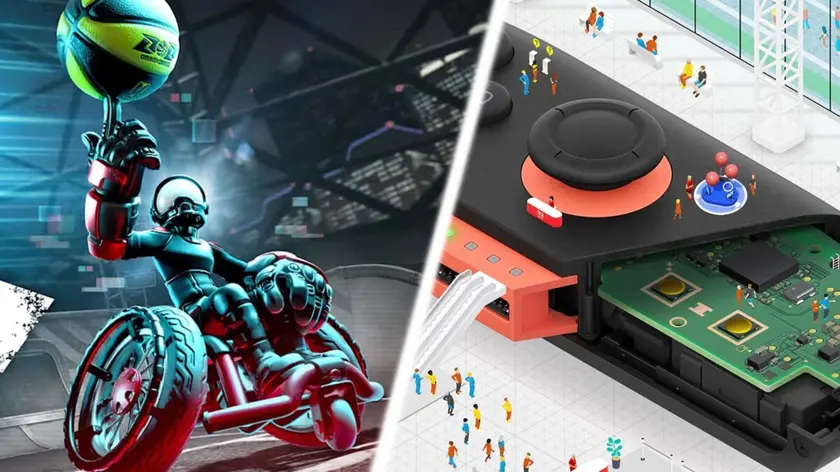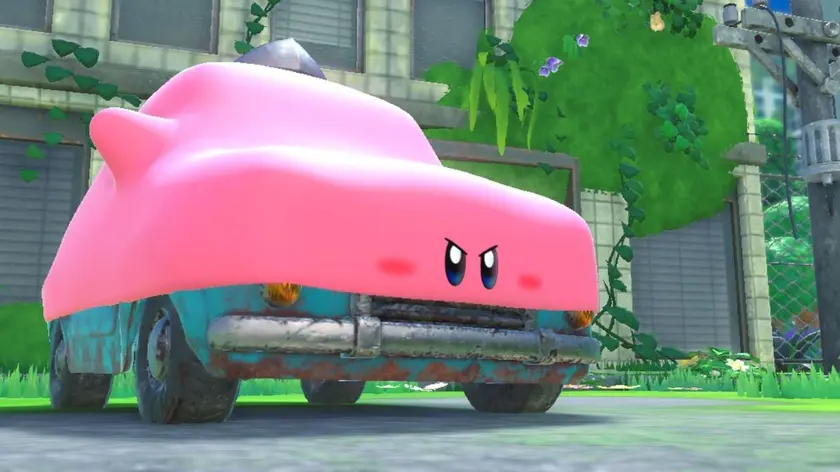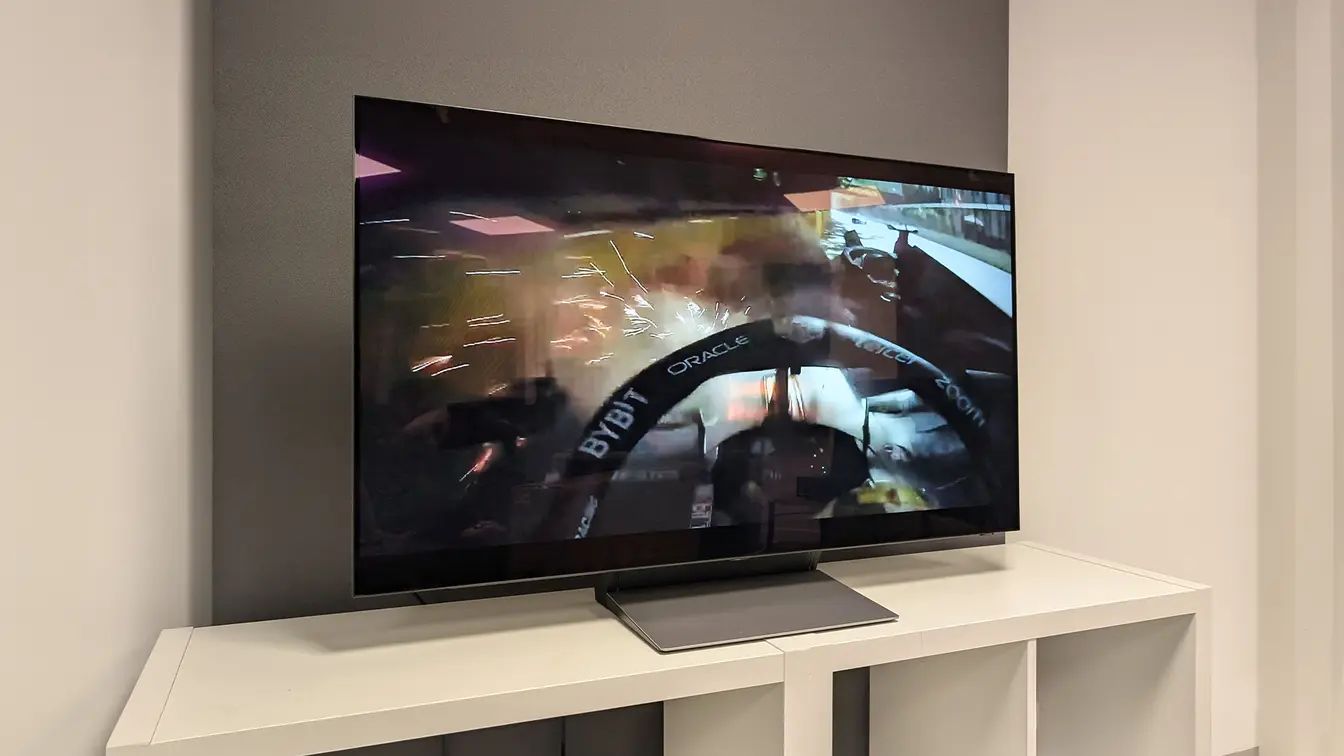T4K3.news
Drag x Drive first look on Switch 2
A fast, strategical wheelchair basketball game with real accessibility caveats shows potential and gaps on Nintendo's new hardware.

An early take on Drag x Drive shows a clever, fast paced wheelchair basketball game that also reveals gaps in accessibility on Nintendo's new hardware.
Drag x Drive tests accessibility limits in Nintendo Switch 2
Drag x Drive is Nintendo’s latest Switch 2 multiplayer title. It uses a novel control scheme that treats each Joy-Con as a driving arm, with players moving by tilting and gripping to steer and accelerate. The matchups are typically 3 on 3, though 2 on 2 can feel more intense, and the game rewards flashy plays through a trick system that adds height and risk to shots. The court has a retro futuristic vibe and the whole thing plays at a brisk, physical pace that makes the action feel urgent.
On accessibility, Nintendo has begun to experiment with console level button remapping and on screen indicators for ball, opponents and teammates. The on screen cues help, and the representation of wheelchair basketball in a mainstream title is welcome. Still, the author notes that the control scheme can exclude some players who rely on wheelchairs, and the offline mode against bots is not very satisfying. A Reddit discussion highlighted the irony of a game about wheelchair sport that is not fully playable for all wheelchair users. The review remains hopeful that Drag x Drive will grow with time and that Nintendo will keep increasing accessible features.
Key Takeaways
"it's lovely to see legitimate representation in a Nintendo title"
positive note on representation
"There are ways to be nice, though, with buttons that allow you to shrug off sleights"
positive interaction options in gameplay
"The deeply physical control system alone means this is not a game for everyone"
critical point about accessibility
"It’s a start, albeit a belated start"
acknowledge progress
Drag x Drive arrives at a delicate moment for Nintendo. It is a noteworthy step toward inclusive design, even if the current implementation is uneven. The game foregrounds a sport that many players can relate to while testing new ways to map physical action to a console. The result is a mixed picture: momentum and novelty in play, but gaps in practical accessibility that could limit who can enjoy it fully. This tension matters because representation without usable access risks turning into a hollow gesture.
If Nintendo sustains feedback from players with disabilities and pairs it with expanded adaptive options, Drag x Drive could influence future titles. The broader gaming ecosystem is watching for how quickly a major publisher responds to accessibility concerns while still delivering a compelling, competitive experience. The long game will hinge on whether the developer treats accessibility as a design constraint to meet, not an afterthought to paper over.
Highlights
- This is a start for accessibility that still has gaps
- Wheelchair players deserve full control not just a demo
- The deeply physical control system alone means this is not a game for everyone
- It’s a start albeit a belated start
Accessibility gaps amid progress
The game makes a commendable effort to address accessibility on Switch 2 but leaves a segment of wheelchair users unable to participate fully because of the control design. The public discussion underscored the need for broader adaptive controls and ongoing improvements.
The challenge is not just building a game but building a game that everyone can enjoy.
Enjoyed this? Let your friends know!
Related News

Nintendo Switch 2 faces a tough launch

Upcoming Nintendo Switch 2 Games and Accessories Announced

Drag x Drive hits Switch 2

Drag x Drive hits Switch 2 with mixed reviews

Nintendo reveals new release strategy for Switch 2

Nintendo Announces Exciting Game Launches For August

Partner Showcase set for tomorrow by Nintendo

Samsung S90F OLED TV impresses with features and performance
